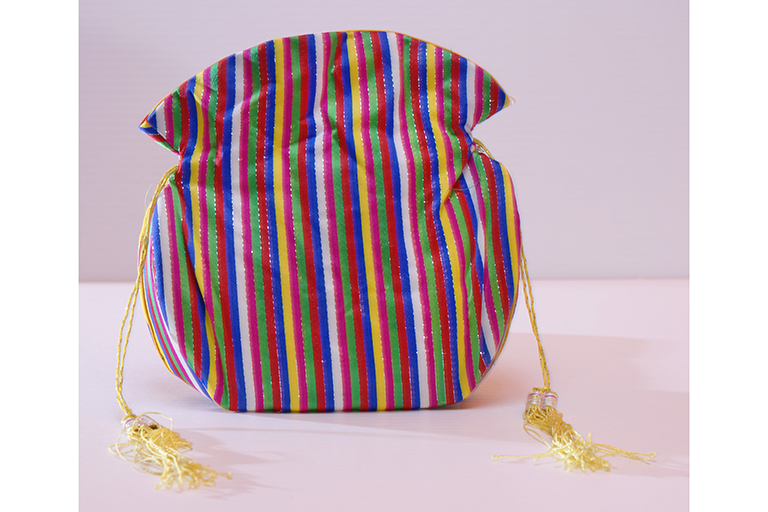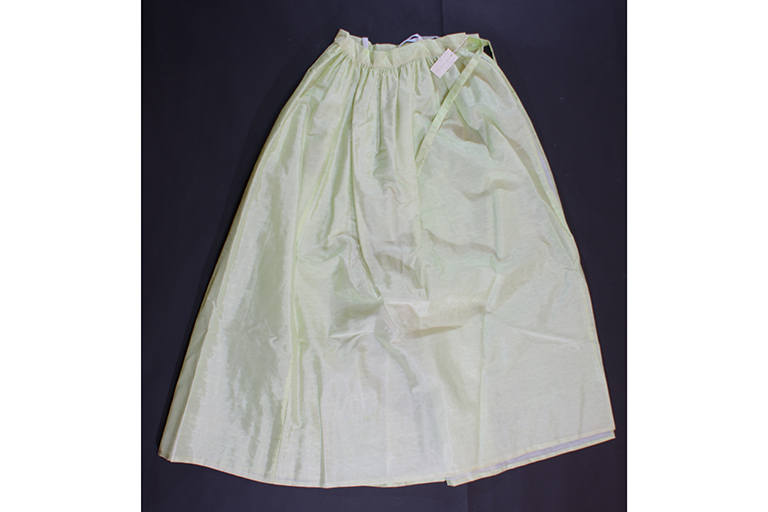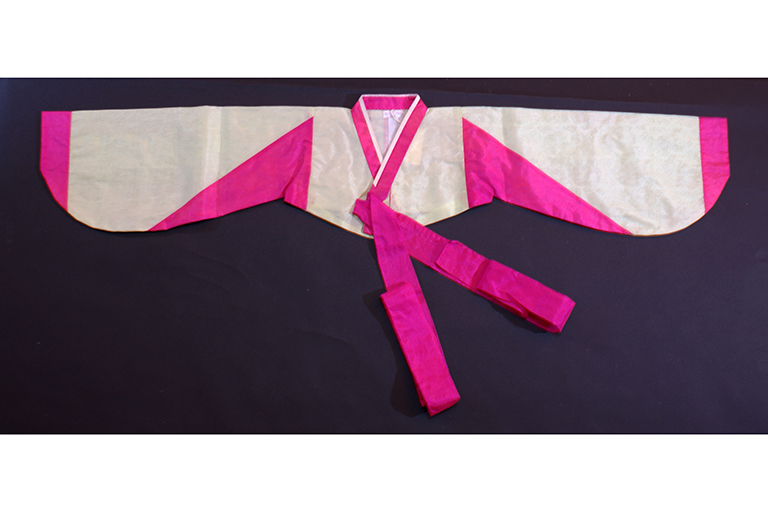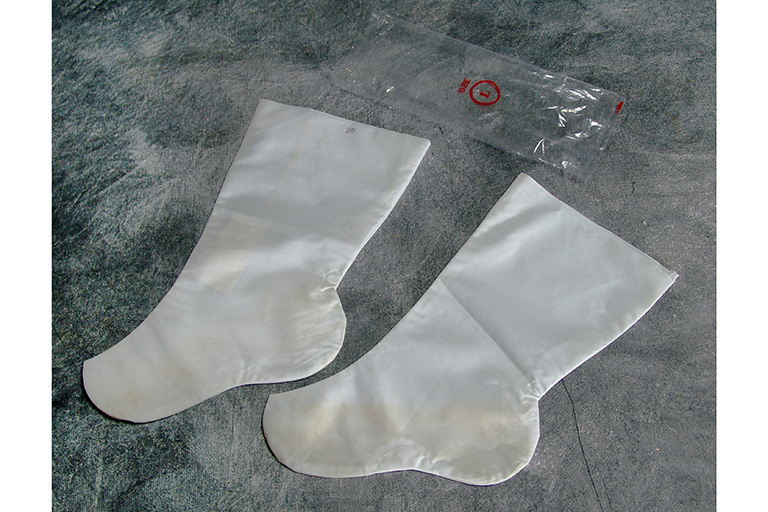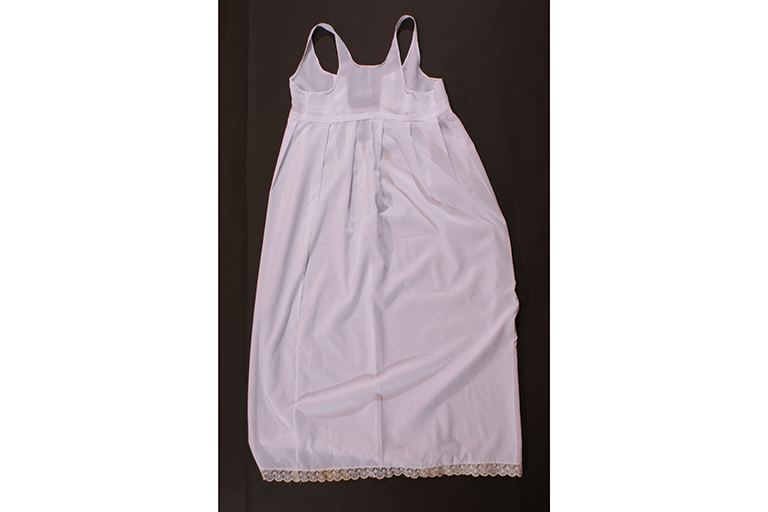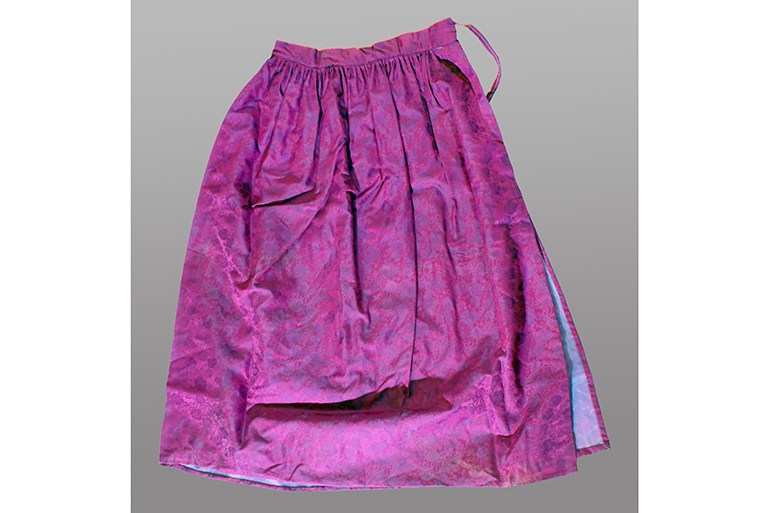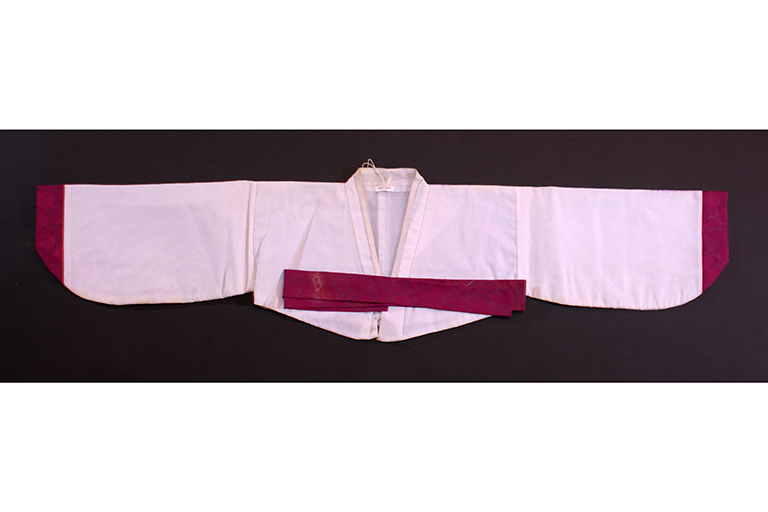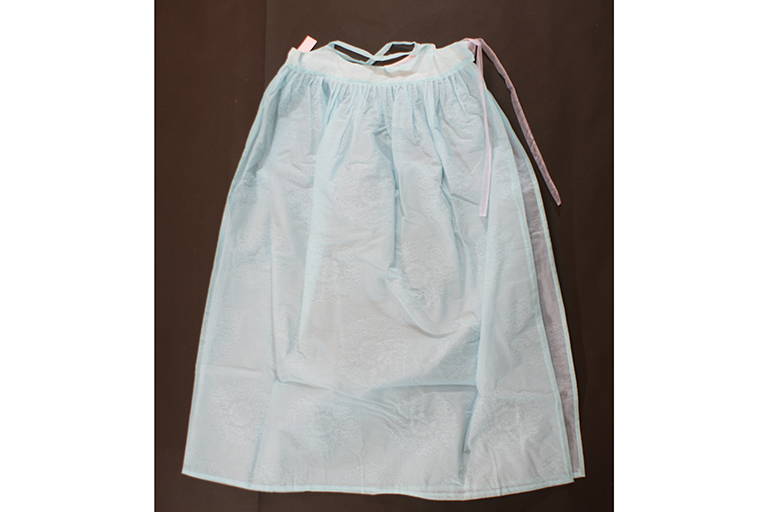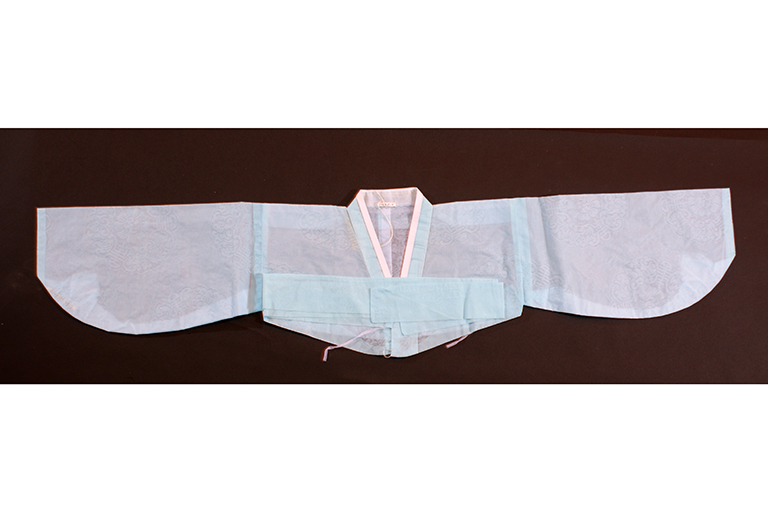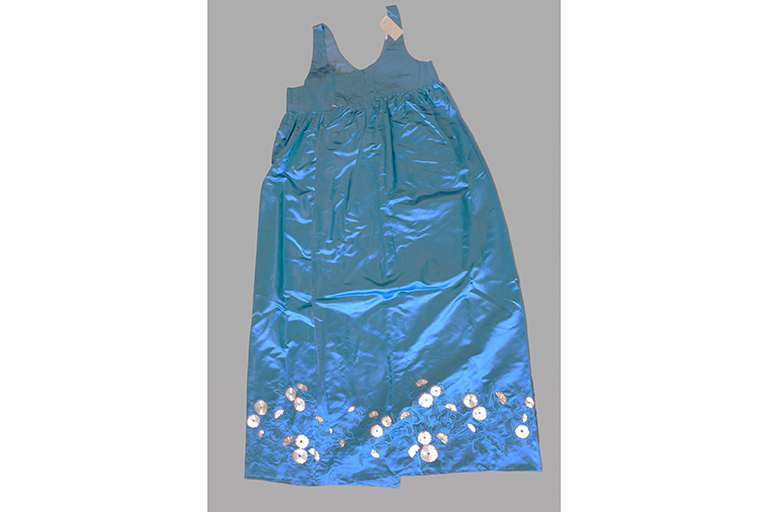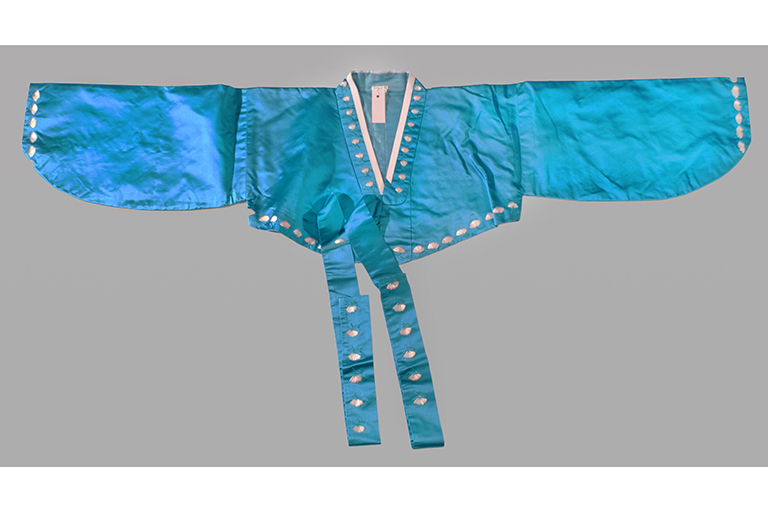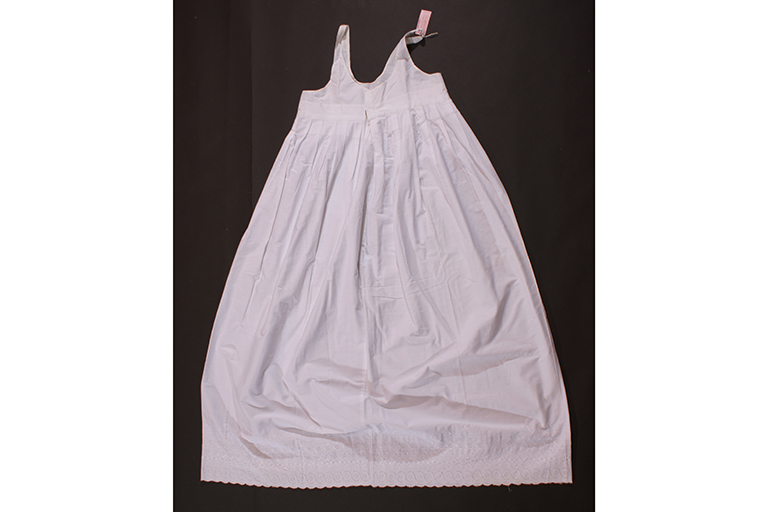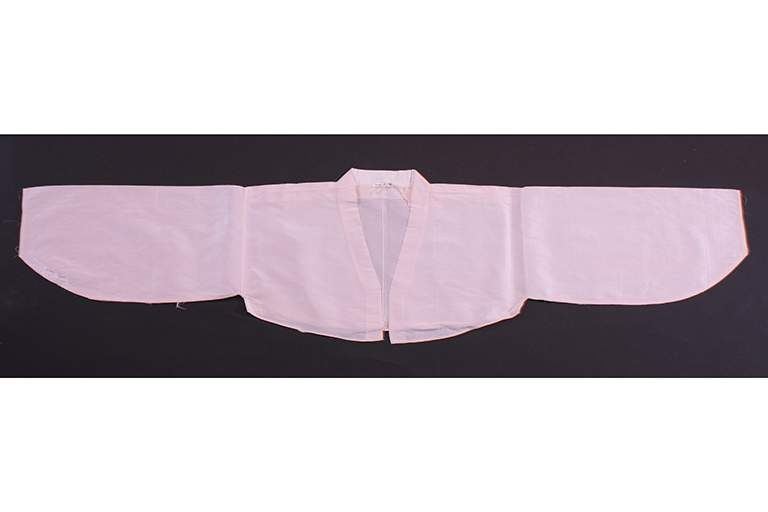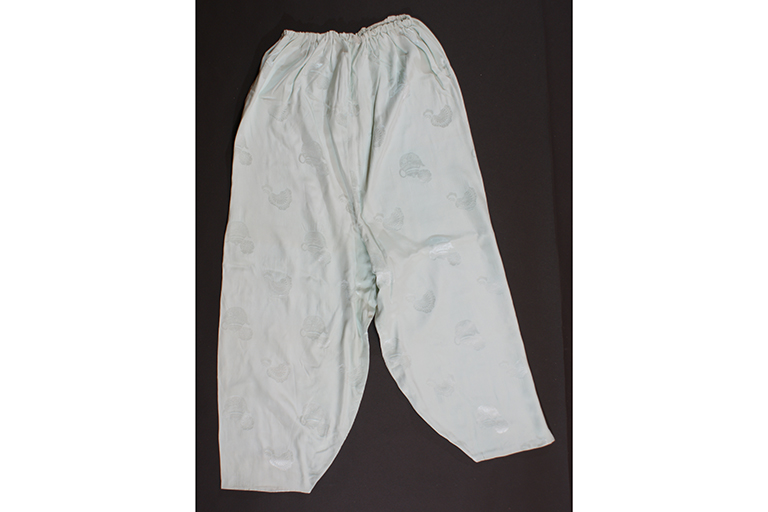Korean Clothing at IUMAA
When we put on clothing we send messages about many things: our tastes, values, gender expression, class, age, and other elements of our identities. By wearing our culture’s traditional clothing we assume a particular type of identity, expressing our cultural heritage. Cultural heritage can be thought of as the traditional ways of doing things that are passed down from generation to generation. It is maintained through many avenues, including food, clothing, and festivals.
Wearing traditional clothing connects us to the past and creates a shared sense of identity with others who practice the same customs and traditions. By wearing traditional clothing, we not only learn about how a garment was made and worn, but also about our culture’s past. Studying clothing can reveal elements of culture like morality, religion, or aesthetics, as well as the physical environment of that culture. Traditional Korean clothing is a good example of this. Learning about women’s hanbok (한복), or traditional Korean clothing, allows us to see how Confucianism-influenced ideas about modesty are seen in women’s garments.
The word hanbok (한복) is used to denote traditional Korean clothes in South Korea while in North Korea the word chosŏn-ot (조선옷) is used. The traditional outfit for women includes a jeogori (저고리) (jacket), a chima (치마) (skirt), and various sokgot (속곳) (undergarments). These examples are all from the 20th century and are part of the collections of the IU Museum of Archaeology and Anthropology.
Today the hanbok is worn on special occasions like weddings or New Year celebrations, but it is also making a comeback in everyday, contemporary life. Fashion designers are remixing traditional styles into new fashions for both the runway and the everyday. Interested in seeing some of these shin-hanbok (신한복) (new hanbok)? Put “hanbok” and “kpop” or “hanbok” and “Vogue” into a search and see what you can find!


